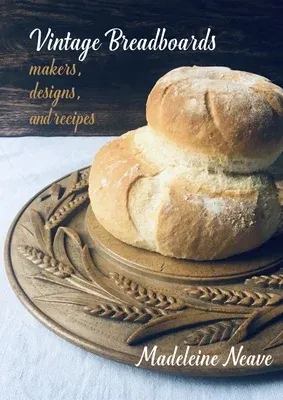Madeleine Neave
(Author)Vintage BreadboardsPaperback, 7 January 2020

Qty
1
Turbo
Ships in 2 - 3 days
Only 1 left
Free Delivery
Cash on Delivery
15 Days
Free Returns
Secure Checkout

Print Length
336 pages
Language
English
Publisher
Prospect Books (UK)
Date Published
7 Jan 2020
ISBN-10
1909248649
ISBN-13
9781909248649
Description
Product Details
Author:
Book Format:
Paperback
Country of Origin:
US
Date Published:
7 January 2020
Dimensions:
23.88 x
17.02 x
2.29 cm
ISBN-10:
1909248649
ISBN-13:
9781909248649
Language:
English
Location:
London
Pages:
336
Publisher:
Weight:
680.39 gm